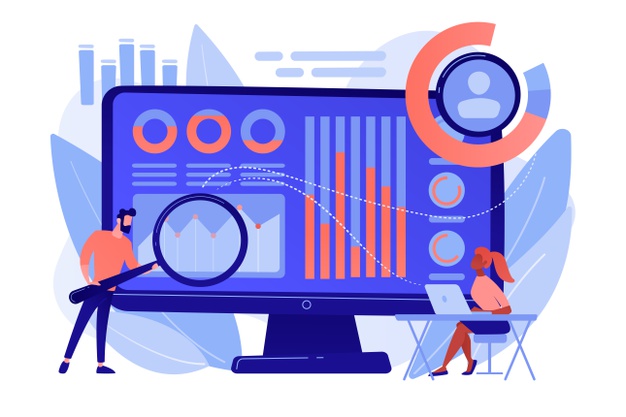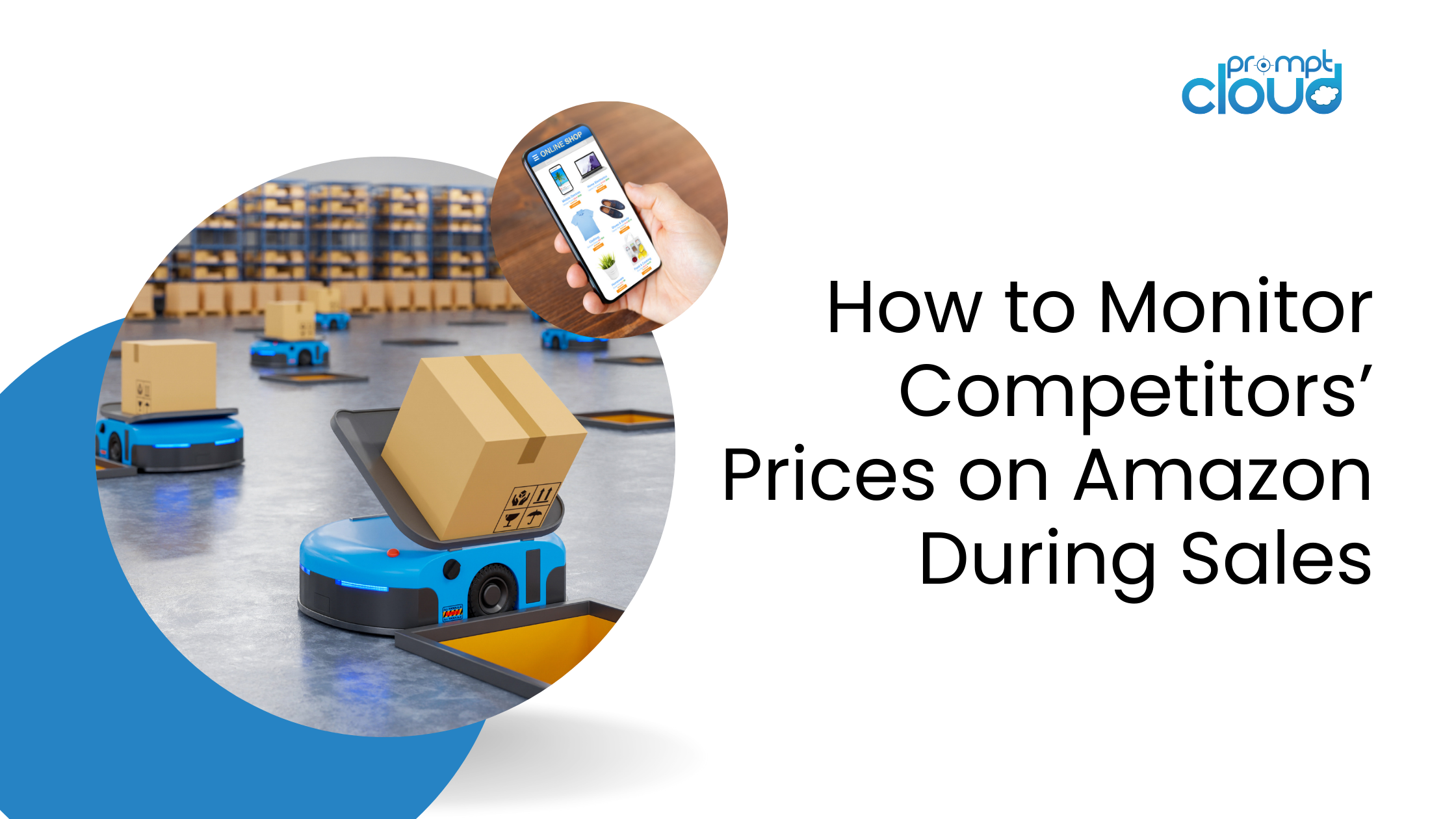
Components of a Business Intelligence System, 150 million emails sent, 20.8 million WhatsApp messages, 2.78 million YouTube views, 2.4 million search queries – these numbers aren’t for a year or a month, or a week. These numbers specify the action that happens on the Internet in a minute! This data explosion happening all around us presents multiple avenues and opportunities for business to tailor their products and services as per the needs and preferences of the users. As a result, every business or enterprise produces a chunk of data that is usually collected and stockpiled and often treated as a priceless asset for their business strategy or marketing needs.

But what uses is the data if there are no ways and means to extract valuable insights, trends, and patterns? Without proper business intelligence and analysis, the data will only serve to create a lot of clutter and make no sense to the stakeholders. This happens because most of them have inadequate knowledge regarding how to extract useful and meaningful information from this accumulated data. Hence, due to a lack of expertise and competence, they often fail to take any fruitful decisions for the betterment of their company. In order to resolve this problem, many companies are embracing advanced analytics and business intelligence to successfully bridge the gap between the company and its raw data.
Importance of business intelligence
Targeted business intelligence is a surefire way to help the company decide on what will work best for their business. It is fast emerging as an effective way by which a company can make the right decisions and go beyond its competitors. Now, companies are emphasizing business intelligence which is extracted from raw data by specialized computer programs, and are educating their employees on how to accustom and disseminate the information that they are getting from these structured data.
By using business intelligence, companies can make their budget and try to explore new business opportunities which can boost their growth. But it is also true that BI is not just a simple tool for analyzing corporate data. It is also used by managers and analysts for identifying incompetent business processes which need re-assessment and re-consideration. This stems from the loss of revenues and improves business efficiencies. The market has a range of BI tools including Oracle BI, MSBI, Qlikview, Tableau, and IBM.
A company can utilize any of these tools and see the changes in their businesses by leveraging the power of gold-standard insights. If used in the right way, a good BI system can make some astonishingly good changes in a company’s fortunes and let it enjoy better user engagement and higher sales conversions. But it is equally true that an inept implementation can yield poor outcomes for an organization. So, an organization should provide some strenuous efforts to make a proper assessment of the Components of a Business Intelligence System system that can successfully meet all their needs.
Essential components of a BI system
In order to get started with the fundamentals, we have compiled a list of essential components that go on to make a robust and reliable BI system.
1. Data warehousing:
In this digital era, the volume of data being generated has exceeded all estimates. A plethora of statistics claimed that everyday businesses are generating about 2.5 quintillion bytes of data. Another important factor is that more than 90% of the data available these days have been generated only in the last couple of years. A company needs to know how it can utilize these accumulated raw data meticulously.
Data that usually comes from multiple OLTP systems and other diverse sources needs to be accumulated in a database that can then be passed through analytics and visualization tools. The aim of data warehousing is to aggregate all structured data from one or more resources so that it can be compared and analyzed for business intelligence whenever required. The warehouse should be stored in a secured manner so that it can be retrieved easily and managed smoothly.
Oracle, Microsoft, IBM and SAP, and Amazon AWS inscribe their names as the leaders in database management systems. The prime benefit of using a data warehouse is the ability to analyze data from multiple resources. That’s why a data warehouse is employed to do the analytical work for the company’s huge volume and veracity of the data.
2. Big data:
In this competition-driven era, businesses need to make the right decisions at the right time. Critical business issues can be avoided by effectively utilizing Components of a Business Intelligence System and looking at available data. The presence of large-scale data extracted from multiple sources like social media sites, websites, surveys, RFID, and GPS signals is what Big Data is all about. Though the market is filled with several database technologies oriented tools, these aren’t able to cope with the high volume or velocity usually associated with big data. This is where specialized analytics tools like R and Hadoop step in to provide qualitative insights. Big Data analytics has changed companies’ perceptions and made an unprecedented impact on their daily business operations. Some of the benefits to be gained from Big Data Analytics include –
- Cost reduction – Big Data technologies like Hadoop and cloud-based analytics have substantially reduced the IT infrastructure costs. By investing in these technologies, a forward-looking company can easily outweigh the benefits accrued when compared with the costs incurred. Using these technologies, larger volumes of structured and unstructured data can now easily be stored and analyzed at a minimal cost as compared to the conventional techniques.
- Improved Efficiency – Hadoop is much more effective as it provides business houses with how to utilize data quickly and also provides an analytical insight. In fact, this is much faster than the old, traditional ETL tools which were time-consuming, and hence, they needed time for loading the data from the source to the target BI system. Such modern-day business analytics tools increase the efficiency of a company and help them to arrive at a data-backed decision quickly.
Looking at the growing influence of the online ecosystem and shifting user preferences to mobile and web, analyzing big data is no longer an option, but a mission-critical success driver. This effective tool helps them to take apt business decisions. Lower cost, scalability, strong IT support, and outstanding competitive edge have made big data one of the most well-appreciated technologies of this era.
3. Web Scraping:
With web scraping, the process of extraction of targeted data becomes easier. As a result, the subsequent steps of meaningful processing and analysis and BI generation becomes smoother and much more efficient. With its ability to crawl both unstructured data and social media content, you can cast a wide net in driving the efficacy of your BI systems.
You can listen to what people are saying about your brand, fine-tune your reputation management, improve your online persona, and devise and deploy strategic marketing campaigns that carry a higher likelihood of successful conversions for your business. Diverse applications can emerge from web scraping – aggregator services, classifieds services, comparison sites, marketers, finance teams, and business analysts – all find it highly effective to utilize the value proposition of web scraping and data mining to add the necessary edge to their business.
4. Business intelligence dashboard:
A dashboard is basically a visual display of the most important and relevant information that can be viewed in one summarised glance. All prerequisite information is merged and arranged on a single screen so that the users can monitor and read it at a glance. Some of the key characteristics that define an effective BI dashboard are as below –
- All the data and visualizations fit on a single computer screen. So, there is no need to scroll them.
- It displays the most important performance indicators which need to be monitored on a regular basis.
- Dashboards are very easy to understand and use because they have a simpler design language.
- The displayed data can automatically be updated without any manual labor. But it is also true that the frequency of the update will vary from organization to organization.
5. Business intelligence reporting:
Reporting in Components of a Business Intelligence System denotes the presentation of data to the end-users in such a way that they can easily understand and analyze them for the benefit of their businesses. Usually, a report presents text and numbers in a table and moreover, it is optimized for printing and supports other document formats like PDF. In every business intelligence solution, reporting plays a crucial role because it helps businesses to make meaningful sense of the harvested data.
This is done in order to enhance its competitiveness in the market. There are various open-source Components of a Business Intelligence System and reporting tools available in the market. Nowadays, business intelligence has become an intrinsic component of a company if they want to etch their name firmly in this competitive era. Those who want to extract the maximum from BI need to be aware of and have a working knowledge of these fundamental components of a good BI system.




















